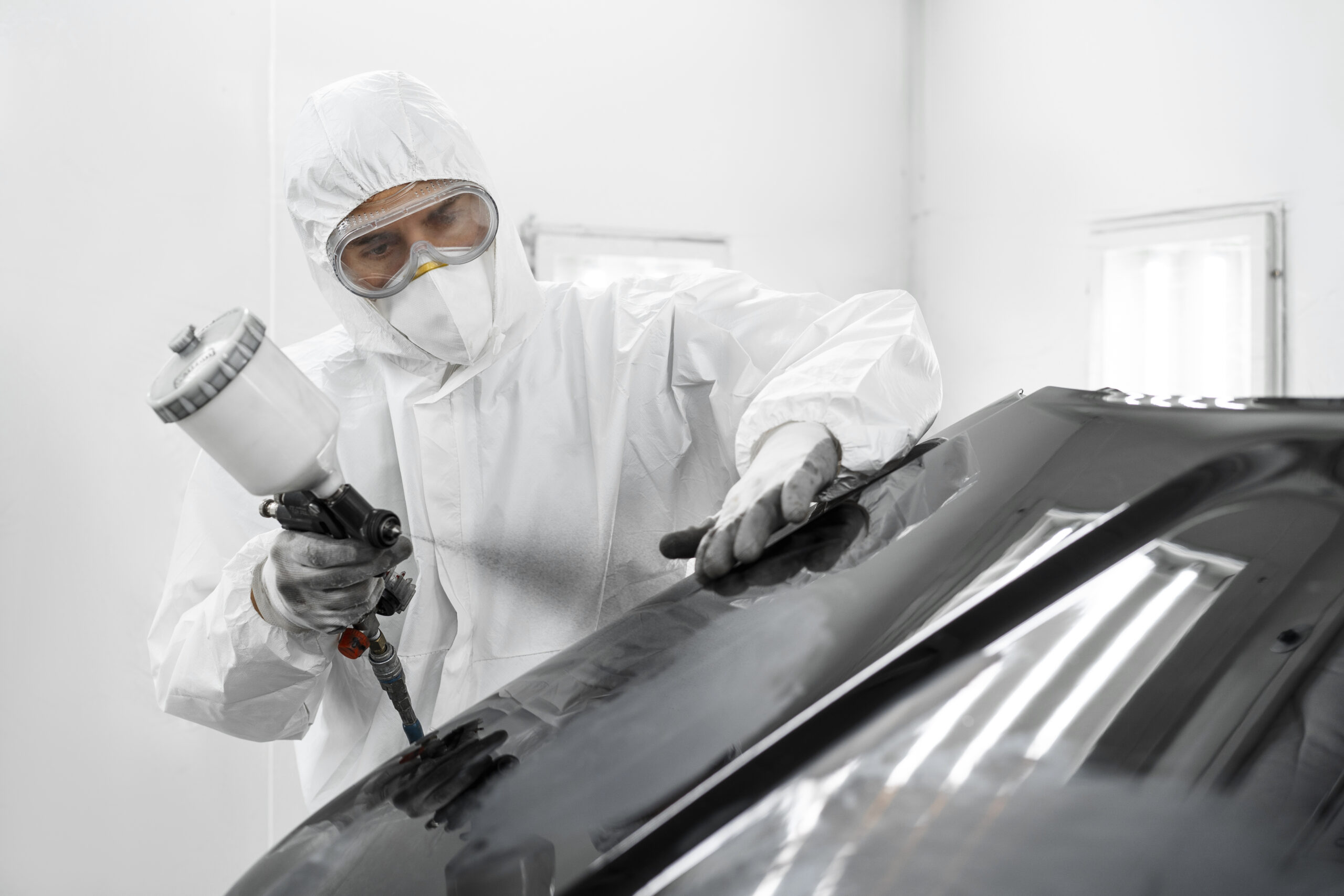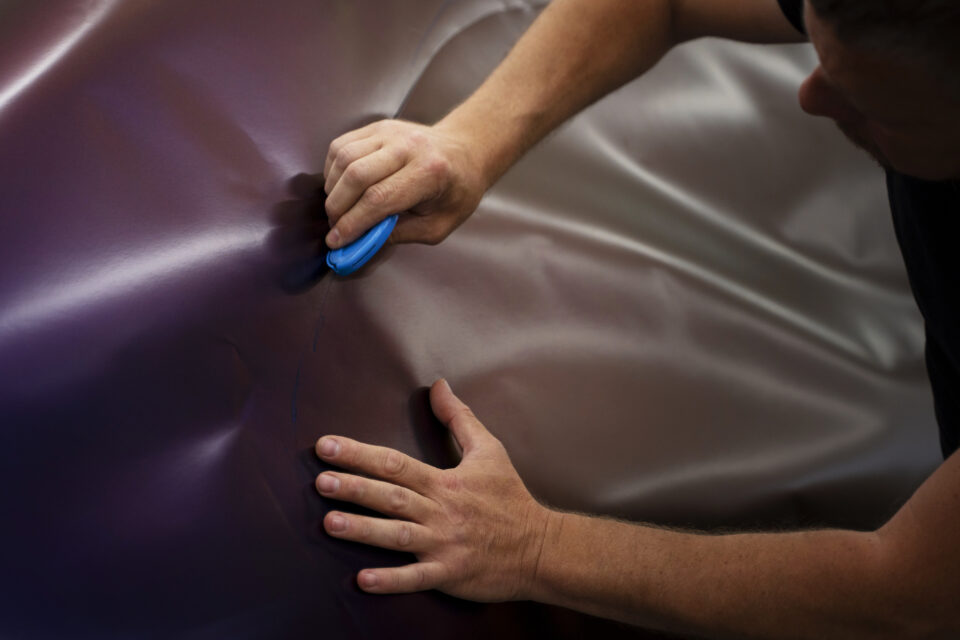Welcome, dear readers, to another enlightening post from your favourite Design Files. As self-proclaimed design lovers, today we’re shifting gears into the world of motor racing – probably not a topic we delve into often, but incredibly fascinating nonetheless. Why, you ask? Because, like any field that involves design, there’s a lot more than meets the eye. Our topic of the day takes us into the vibrant realm of car paint, specifically race car paint because racing isn’t just about speed, it’s about style too.
But, it’s not just about aesthetics. Race car paints require a specific balance of features to not only look good but perform under the extreme conditions of a race. What makes a paint ideal for such high-speed machinery? How does each variant impact performance? Does colour selection matter? These are the intriguing queries we intend to explore today.
So buckle up because we’re about to go on a thorough journey, evaluating the different types of paint for race cars. In this comprehensive analysis, not only will we touch on the vibrant aesthetics but also explore the science that underlines the art—the formulations, functions, and implications of different paint types.

Table of Contents
Why Do Race Cars Need Special Paint?
Let’s start off by understanding why race cars demand special paint. Race cars are not your typical Sunday drive machines; they function under extreme speeds, temperatures, and often gruelling circumstances, all of which imposes varied stresses on the paint. From high-speed impacts of track debris to the intense heat on the track, race car paint needs to be resilient, durable, and above all, able to maintain its glossy finish.
Moreover, the paint needs to be lightweight. It might not seem like much, but a heavy paint job might increase the weight of a race car, affecting its performance. Lastly, it is the paint job that gives cars their unique identity, their style, pushing the need for bright, enduring colours that are not waged by the fierceness of a race.
Which Materials Are Used in Race Car Paint?
Diving deeper into the composition of race car paint, we find it typically consists of three components: the pigment, the resin, and the solvent. The pigment gives the paint its colour and in some cases, certain desirable properties like UV resistance. The resin binds the pigment to the car’s surface, determines how the paint cures and contributes to its durability. The solvent helps maintain the paint in a liquid state until it’s applied.
A crucial feature of professional race car paint is that it often includes lightweight, heat-resistant materials like carbon fibre and ceramic nanocomposites. These materials help the paint stay resilient under challenging racing conditions, maintaining aesthetics while not compromising on performance.
The Pros and Cons of Race Car Paint
Just like any product, race car painting comes with its own set of pros and cons. On the plus side, the paint is designed for maximum durability, maintaining shine despite inclement weather or high-speed debris impacts. The wide variety of bright, vivid colours available also brings a unique flair to each car.
The drawbacks, however, revolve around the costs. High-quality race car paint and professional application can be quite expensive. Additionally, the paints can be vulnerable to specific chemicals, demanding specialized cleaning methods.
The Impact of Colour Selection in Race Cars
Contrary to common belief, the colour selection of a race car isn’t merely a matter of preference or tradition. Beyond aesthetics, the colour contributes to the heat management of the car – darker colours absorb more heat, which can impact the temperature of the car’s interior, while lighter colours reflect more heat.
The Innovations That are Shaping the Future of Race Car Paint
Looking ahead, the future of race car painting promises exciting new innovations. Think smart paints that can signal damage or change colour dynamically! Eco-friendly options are also being explored, along with advanced composition paints that offer even higher resilience to extreme conditions.
The Importance of the Application Process
Finally, it’s not just about the paint itself, but how it’s applied. Skilled application techniques influence the quality and durability of the paint job, defining the depth and vibrancy of the colour, influencing how it reacts to various conditions, and ultimately affecting the aesthetics and the performance of the race car.
Conclusion-
The world of race car paint is not just colourful, it’s incredibly complex and engaging. It’s a realm where aesthetics blends seamlessly with functionality, looking chic while meeting high-performance demands. We learned that it’s not just about hues and gloss, but durability, lightness, and resilience, all of which require science and innovation to achieve.
Choosing the right paint for a race car extends beyond personal preference or team colours. It has ramifications on the car’s performance, its heat management and even its overall weight. It’s an art that deserves appreciation and understanding. Here at Design Files, we love peeling back the layers and delving deeper into the fascinating world of design in all its forms, paint for race cars being no exception.

